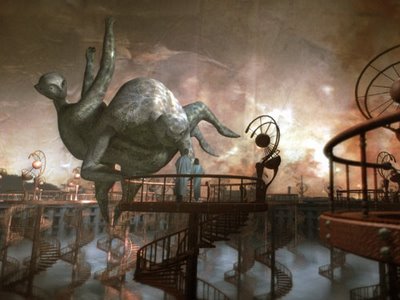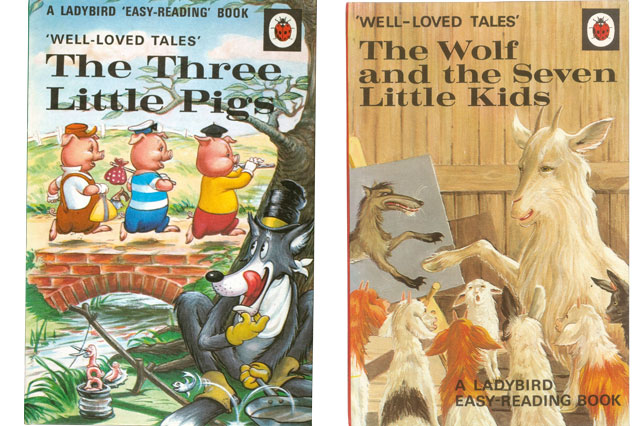Week 10 : Dave McKean
Dave McKean is an illustrator, comic book artist, photographer and graphic designer that specializes in creating strange and surreal pictures usually made up from photomontage collages. He's worked on many different projects, mainly with the famous author, Neil Gaiman. He created covers and various illustrations for Gaiman's 'Sandman' series as well as cover artwork for the book 'Coraline'.

Covers created by Dave McKean for Neil Gaiman's 'Sandman' series
He also worked for DC comics, creating cover art for the 'Hellblazer' series and eventually, the graphic novel version of 'Arkham Asylum'.

Excerpt from the 'Arkham Asylum' graphic novel.
He also directed his own movie in 2005 named 'Mirrormask'. His the photomontage and paint effects, as well as the colour schemes of his artwork were transitioned into the movie through the set designs, costumes and creature designs.

Covers created by Dave McKean for Neil Gaiman's 'Sandman' series
He also worked for DC comics, creating cover art for the 'Hellblazer' series and eventually, the graphic novel version of 'Arkham Asylum'.

Excerpt from the 'Arkham Asylum' graphic novel.
He also directed his own movie in 2005 named 'Mirrormask'. His the photomontage and paint effects, as well as the colour schemes of his artwork were transitioned into the movie through the set designs, costumes and creature designs.

A screen shot from the movie, 'Mirrormask'. The whole composition of the scene looks exactly like a painting by Dave McKean.
















